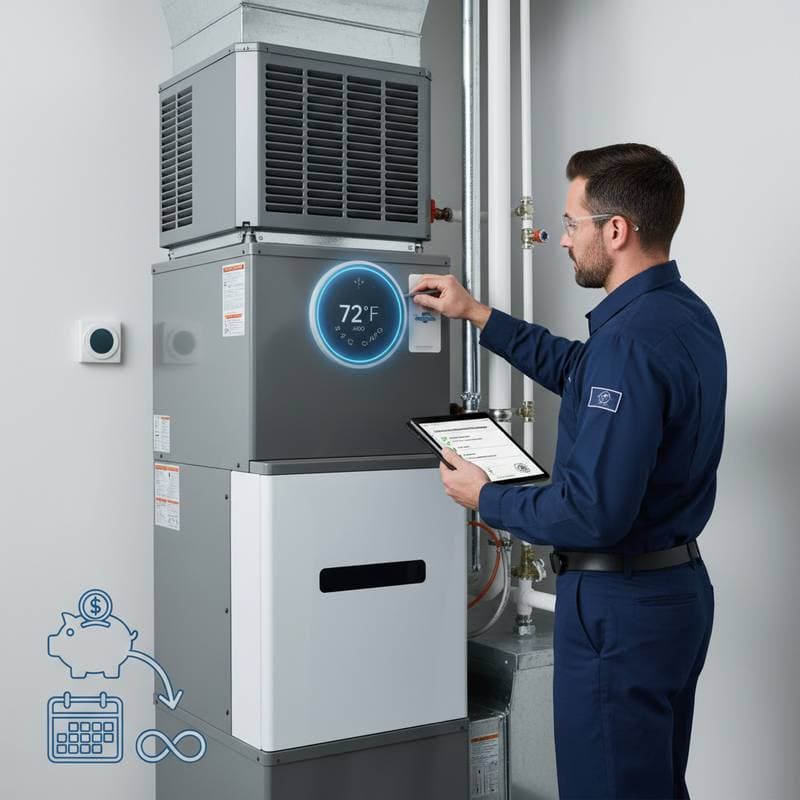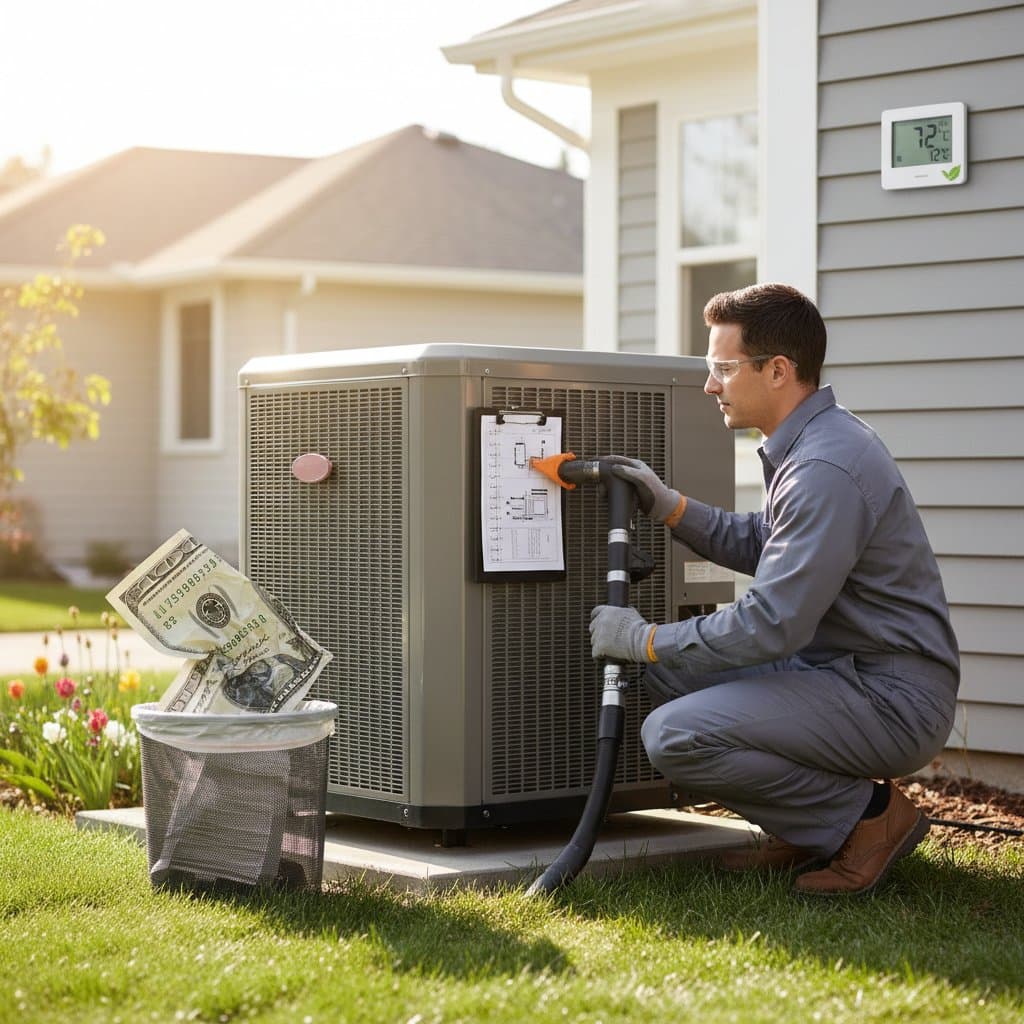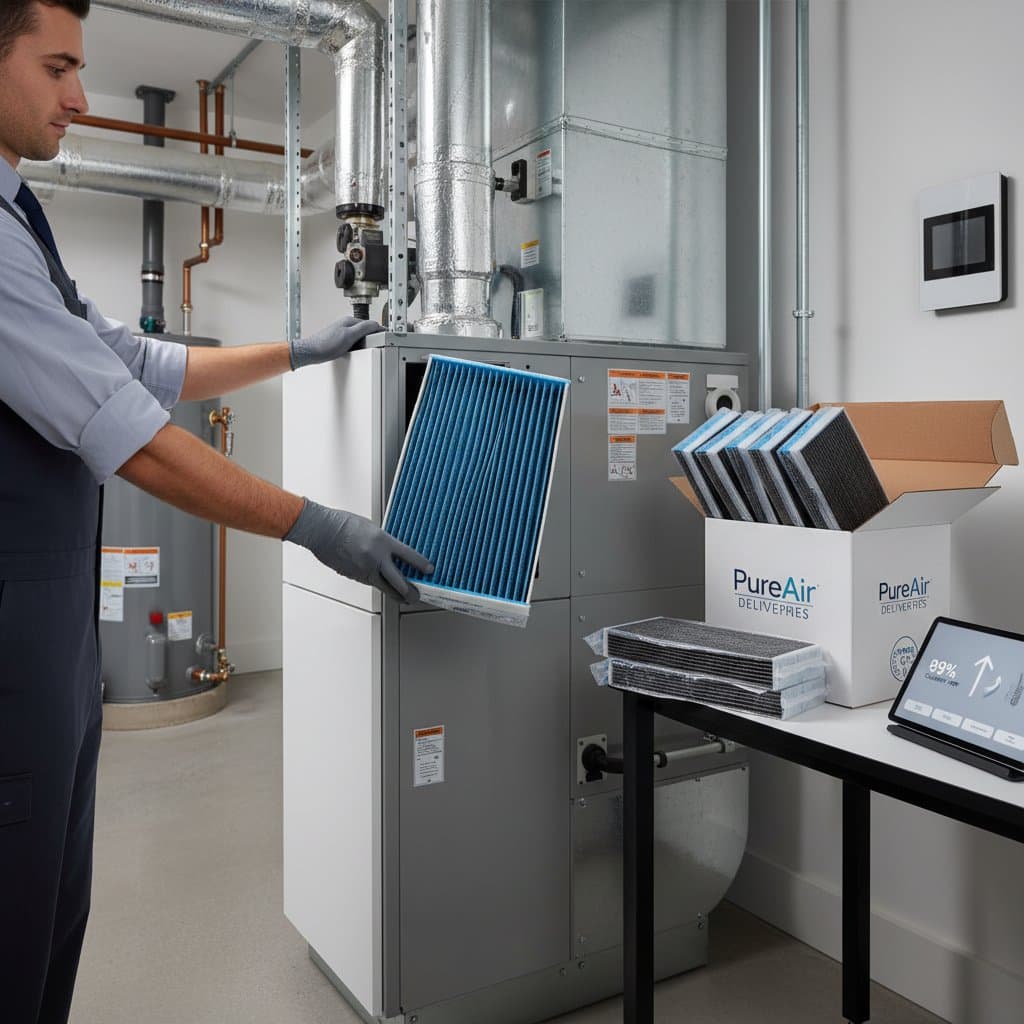MERV 13 Filters Reach $60: Unpacking the 2025 Supply Shortage
Current Situation for MERV 13 Filters
MERV 13 filters serve as a benchmark for effective indoor air quality in heating, ventilation, and air conditioning systems. These filters now prove challenging to obtain throughout the supply chain. Demand continues to rise while material availability contracts, leading to elevated prices and diminished stock in residential and commercial sectors. The average price for a MERV 13 filter has increased from $20 to $60 per unit, varying by dimensions and manufacturer. Homeowners and facility managers encounter extended wait periods and reduced choices, which encourages consideration of substitute filtration options.
This examination addresses the HVAC supply shortage related to MERV 13 filters, including its origins, effects on residential users, and actionable recommendations to preserve air quality and equipment functionality amid constraints.
Origins of the MERV 13 Filter Shortage
Primary Reasons for Limited Availability
The abrupt scarcity of MERV 13 filters results from several interconnected challenges within the HVAC supply network. Key contributors encompass:
- Heightened requirements for advanced filtration in residential dwellings, educational institutions, and healthcare facilities.
- Constrained availability of filter media, particularly synthetic components essential for capturing fine particulates.
- Production setbacks caused by labor deficiencies and transportation hurdles.
- Escalating expenses for base materials such as polypropylene and polyester fibers.
These elements generate widespread repercussions across the HVAC sector, influencing distributors, service providers, and consumers.
Variations in Availability by Location
Shortages manifest nationwide, yet access differs according to geographic area. Metropolitan zones with elevated pollution or rigorous air quality rules experience more acute deficits. Rural communities encounter milder disruptions but contend with prolonged delivery intervals and premium pricing.
| Region Type | Availability | Price Range | Notes |
|---|---|---|---|
| Large Metro Areas | Very Limited | $30 – $60 | Elevated demand from commercial and home users |
| Suburban Areas | Moderate | $25 – $45 | Stock levels vary with monthly cycles |
| Rural Areas | Limited | $20 – $40 | Extended shipping periods due to logistics |
Key Drivers of the MERV 13 Shortage
Limitations on Raw Materials
Essential materials for producing high-efficiency filter media compete with demands from medical and industrial applications. As these fields expand their usage, filter producers encounter prolonged procurement periods and increased procurement costs for critical components. This competition directly limits the volume of filters entering the market, exacerbating shortages for HVAC applications.
Production and Logistics Setbacks
Manufacturing operations have decelerated owing to insufficient personnel and supply route complications. Numerous plants operate at reduced capacity, while international transport networks persist in congestion. Such delays prolong the arrival of both input materials and completed filters, disrupting timely distribution to retailers and installers.
Surge in Household Demand
Greater public consciousness regarding indoor air purity has accelerated adoption of superior filters, ranging from MERV 11 to MERV 13 ratings. Homeowners increasingly prioritize these upgrades, alongside substantial bulk purchases from commercial entities. This collective demand exceeds current production thresholds in various regions, straining resources further.
Influence of Regulations and Health Standards
Certain organizations mandate MERV 13 or superior filters to meet indoor air quality benchmarks. These compliance requirements intensify pressure on the supply chain, which already operates near limits. Consequently, residential buyers receive diminished allocations as institutional needs take precedence.
Frequently Asked Questions About MERV 13 Filters
Compatibility of MERV 13 Filters with HVAC Systems
MERV 13 filters do not suit every HVAC configuration. Their greater density compared to lower-rated alternatives may impede airflow in aging or compact units. Review the equipment manual or seek advice from a qualified HVAC technician prior to installation to verify suitability and avoid potential damage.
Replacement Frequency for MERV 13 Filters
In typical home environments, MERV 13 filters endure for up to three months. Environmental factors such as dust concentration, pet presence, and operational duration influence this interval. During periods of intense pollen or frequent system activation, inspect and replace monthly to uphold performance levels.
Using MERV 11 as a MERV 13 Substitute
MERV 11 filters offer a viable interim solution. Although they trap fewer microscopic particles, they deliver robust filtration and superior airflow relative to obstructed higher-rated options. Upon resumption of normal supply, revert to MERV 13 to achieve peak air purification efficacy.
Indicators of Filter Blockage
Observe signs including excessive dust buildup on surfaces, extended operation cycles for the HVAC unit, diminished air output from registers, and elevated utility expenses. Prompt filter exchange upon detection prevents undue stress on the system components and maintains operational efficiency.
Energy Implications of Elevated MERV Ratings
Filters with higher MERV designations may marginally increase power consumption through airflow resistance. Contemporary HVAC designs accommodating MERV 13 or above counteract this via energy-efficient blowers and refined air pathways. Appropriate filter selection and routine servicing ensure minimal impact on operational costs.
Strategies to Sustain Air Quality Amid Shortages
Homeowners can uphold indoor air standards despite MERV 13 unavailability by implementing targeted upkeep practices. Regularly vacuum registers and ducts to eliminate accumulated debris. Maintain humidity between 30 and 50 percent using dehumidifiers or humidifiers as needed, which discourages mold growth and allergen proliferation. Schedule annual professional inspections to optimize system airflow and detect inefficiencies early.
Consider supplementary measures such as installing air purifiers with HEPA technology in high-traffic areas or sealing home envelopes to reduce external pollutant entry. These steps complement filter performance and provide layered protection for occupant health.
The 2025 MERV 13 shortage underscores the vulnerabilities in global production networks that underpin everyday comfort solutions. By remaining vigilant about supply trends, adopting flexible filtration approaches, and committing to proactive maintenance, individuals secure resilient indoor environments that prioritize well-being and efficiency.





